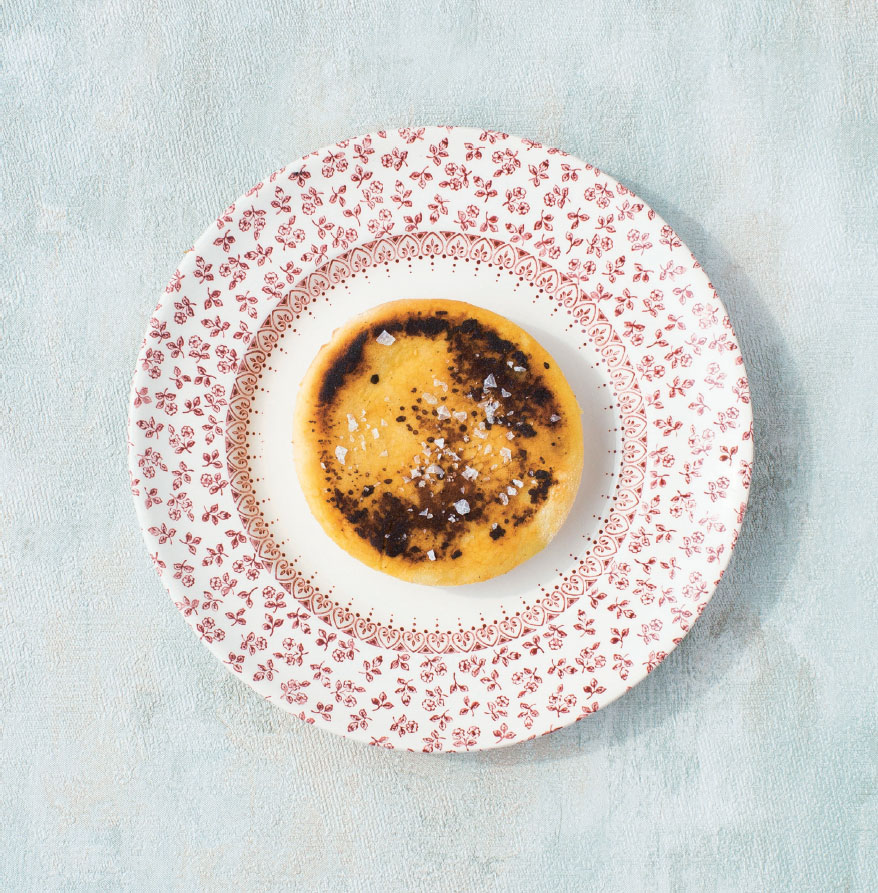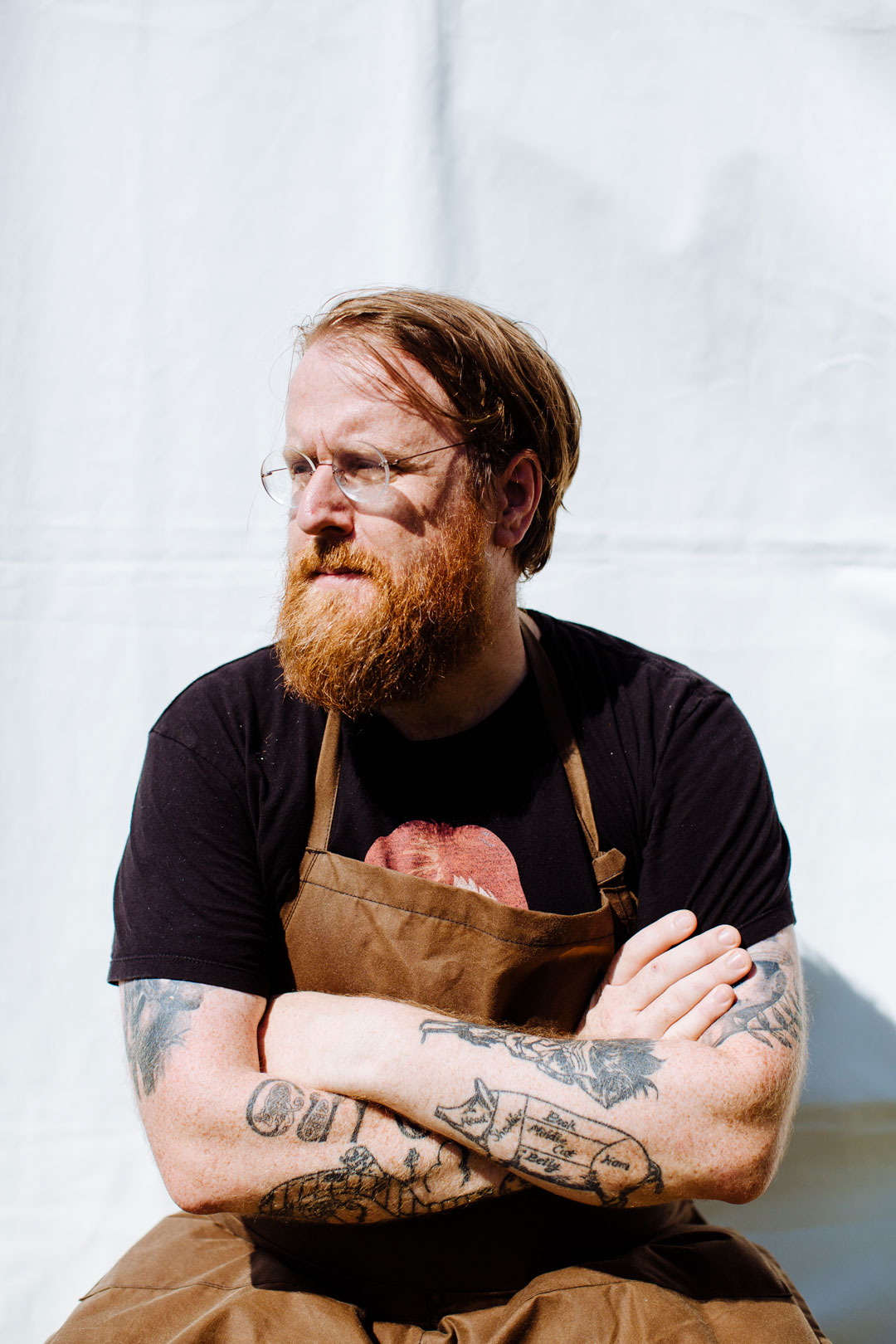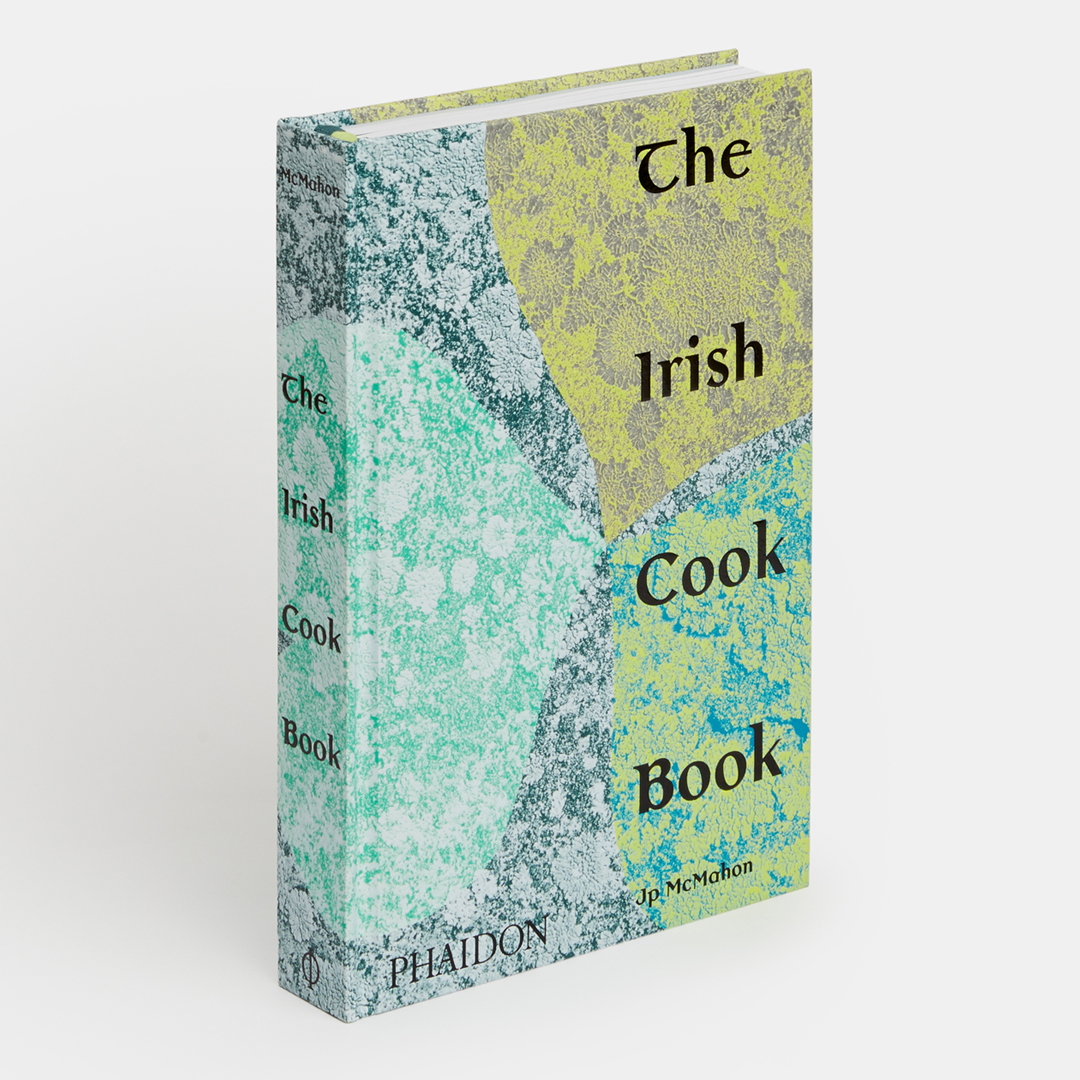
An Irish take on Pancake Day
Try a variation from across the Irish Sea this Shrove Tuesday, courtesy of Jp McMahon and The Irish Cookbook
The Irish, like their neighbours in Great Britain and around the Commonwealth around the world, mark Shrove Tuesday or Mardi Gras – the day before the great Christian fast of Lent – with an indulgent pancake or two.
“Growing up, we always ate pancakes on Shrove Tuesday (or what we called Pancake Tuesday), usually with lemon or jam (jelly),” writes the Galway author and chef Jp McMahon in The Irish Cookbook.
Yet there’s still a little regional variation in this deeply cultured country. “Because a lot of cooking in Ireland was done over an open fire, many different types of pancake recipes exist, from different types of flour to potatoes, buttermilk and eggs.”
McMahon lists a conventional northern European pancake, made with plain flour, eggs, milk, fried in butter, and topped with sugar and lemon juice.
These are a little flatter than North American pancakes, as they do not include a dash of baking powder to fluff them up. However, in the new book, McMahon also includes boxty, a traditional Irish potato pancake, sometimes served with lamb stew.

“The most common way of making boxty consisted of combining grated raw potato and mashed potato with flour and frying it. Later recipes added bicarbonate of soda (baking soda) to help it rise and buttermilk for moisture,” he writes. “Often an egg is added for texture. Nowadays, the mixture is fried in a pan, but in the past it would have been cooked directly on the hotplate of a range. As with colcannon and champ, there is no set way of making boxty and it depends on the equipment one has to hand: pan boxty, boiled boxty, griddle boxty and loaf boxty are some regional variations.”
And then there’s also potato farls, “part bread, part potato, these were traditionally served as part of an ‘Ulster’ breakfast of eggs, bacon and black pudding (blood sausage),” explains McMahon. “The word ‘farl’ comes from the Scots Gaelic word ‘fardel’, meaning ‘fourth’. The bread was scored into four before frying to make it easier to share. Before the advent of white flour and bread soda, farls were made with oats and butter.”
In McMahon’s recipe, boiled, sieved potatoes are combined with rye flour, baking soda, rolled oats, salt and milk to create a dough, that is then fried for about three minutes on both sides until its nicely browned.

You might not want to top this off with lemon and sugar, but they’re great with butter and black pudding. Get the recipe for all these variations and much more, by buying a copy of The Irish Cookbook here.